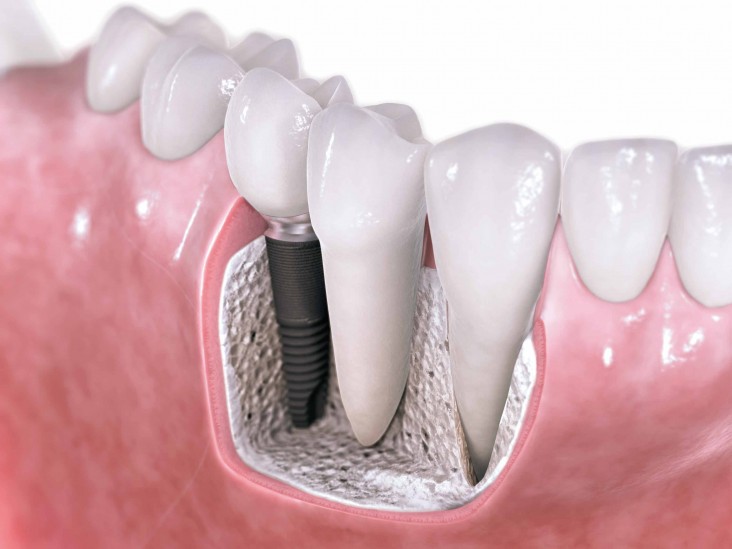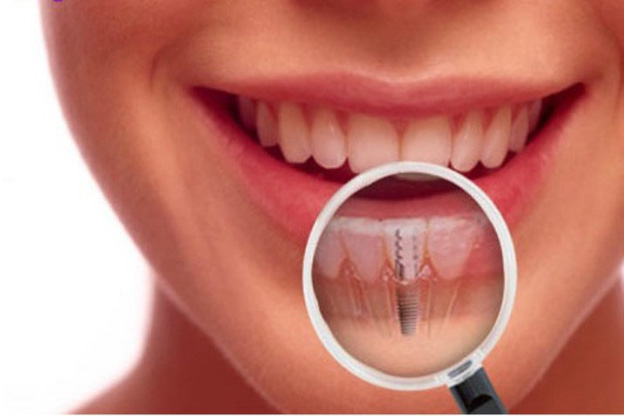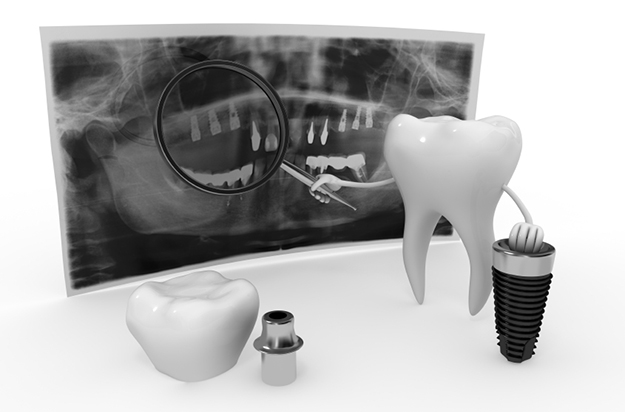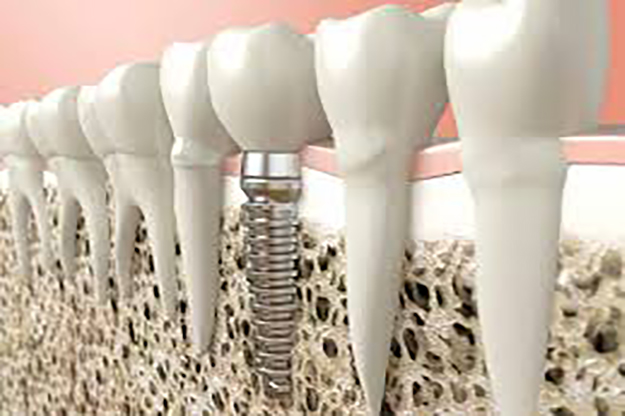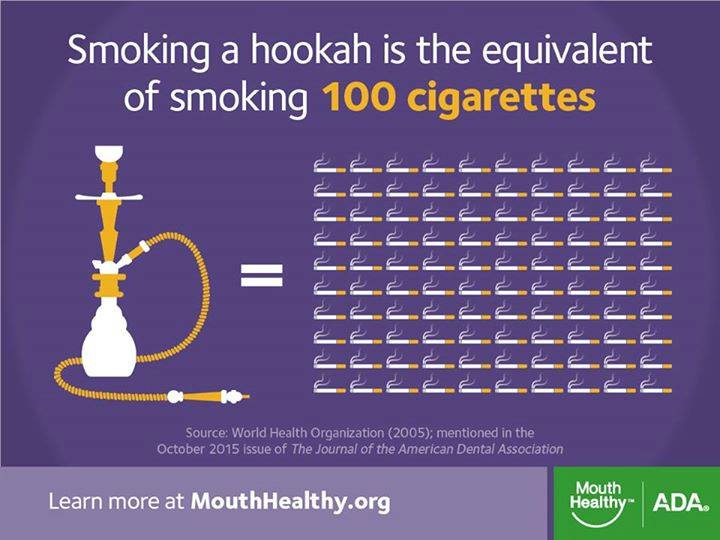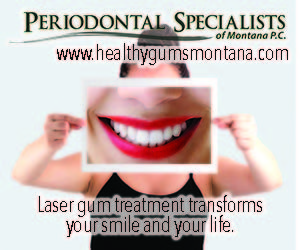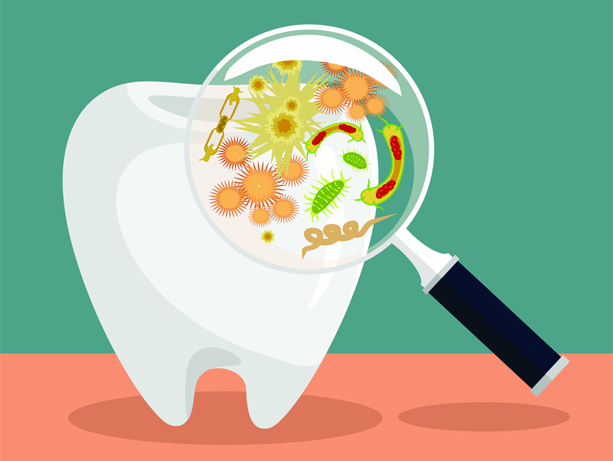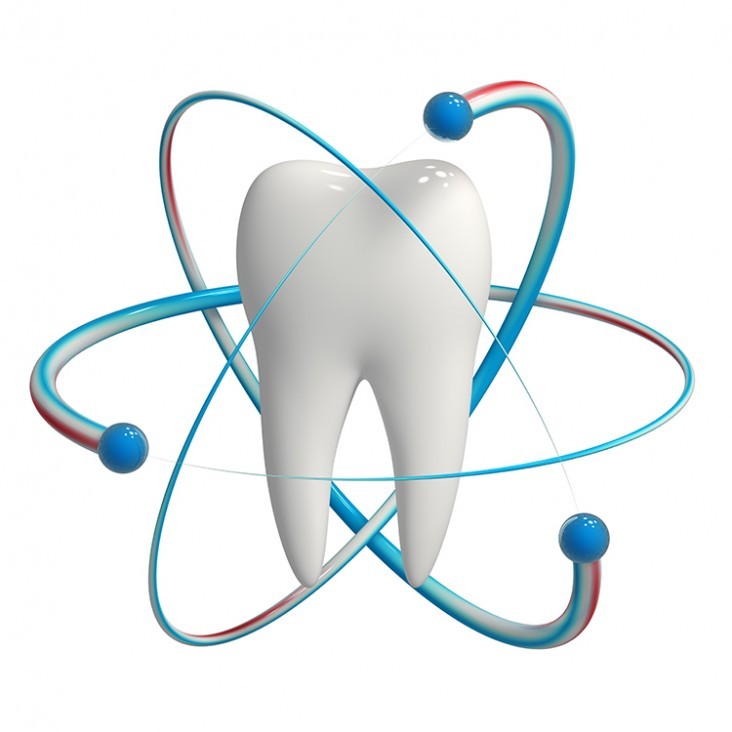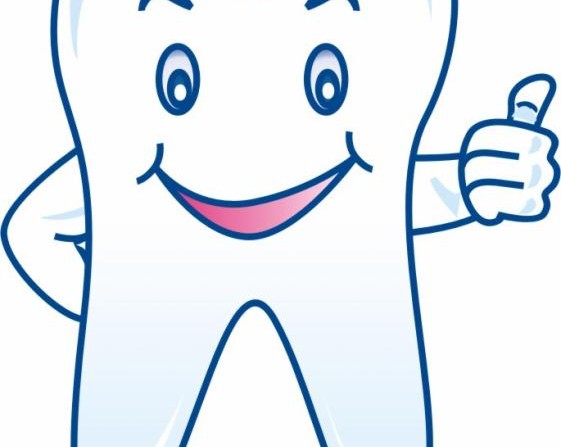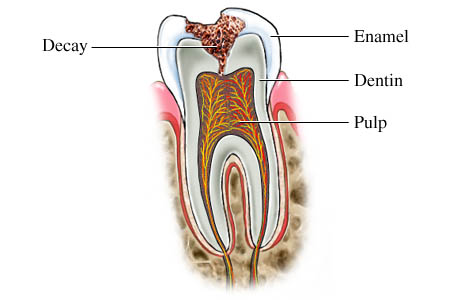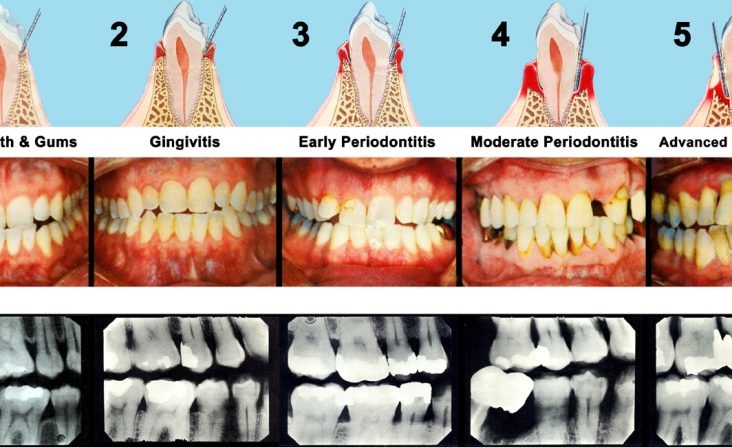The goal of dentistry is to help patients care for and maintain their teeth. Compared to previous generations we have made great strides in this regard. Adults today have only a fraction of the restorations and missing teeth of previous generations. Yet despite our best efforts teeth can still be lost to trauma, wear & tear, the slow onslaught of chronic disease and poor anatomy. Ultimately most of us will have to deal with replacing some missing teeth in our lifetime. The options to replace teeth are removable restorations, restorations attached to natural teeth, and dental implants.
Over the last 20 years, dental implants have moved to the mainstream of dental treatment. Yet many patients are unsure about the advantages of implants over other restorations. When having to decide between options for replacing missing teeth, patients have to weigh the risks and benefits of each. While each individual situation must be judged on the specifics, below is a list of advantages implant provide that apply to most people.
Better nutrition:
In our appearance centered culture we often overlook the obvious. The primary function of teeth is to help you extract nutrition from the food you eat. Dentures can restore only 20% of chewing efficiency. Simply put, sliding dentures make chewing difficult. Consequently denture patients select foods that are softer that tend to be low in fiber and high in sugar & salt. Dental implants function like your own teeth. They can restore up to 80% of the chewing efficiency of natural teeth allowing you to eat your favorite foods and have a healthier diet.
Improved appearance.
When teeth are lost, bone support for the lower face is lost as well. This loss of support is what gives people a “denture look” when they lose their teeth. Dental implants look and feel like your own teeth. Dental implant restorations can be design to recreate the support for the soft tissues lost with tooth extraction. Dental implants can give you back your smile and help you feel better about yourself.
Improved speech& comfort.
With poor-fitting dentures, the teeth can slip within the mouth causing you to mumble or slur your words. Implants fuse to the bone and become part of you. Because they are fixed in place, implants eliminate the discomfort of loose removable dentures allowing you to speak without the worry that teeth might slip.
Improved oral health.
In addition to providing artificial surfaces upon which bacterial can grow, dentures cover the soft tissue of the mouth preventing the normal flushing of bacteria and yeast organisms. The increases in these microorganisms can lead to inflammation in the soft tissues. Further the physical irritation of the denture rubbing on the soft tissue can produce acute ulcers. In rare cases this chronic irritation can contribute to the development of oral cancer.
Maintenance of your natural teeth.
Any time dental work is done on a tooth there is a risk of complications. Dental implants don’t require grinding down other teeth, as a tooth-supported bridge does. More of your natural teeth are left unaltered, improving long-term oral health. Individual implants also allow easier access between teeth, improving oral hygiene.
Convenience.
Removable dentures are just that; removable. Dental implants can eliminate the embarrassing inconvenience of removing dentures, as well as the need for messy adhesives to keep them in place.
How Successful Are Dental Implants?
Dental implants are the longest lasting dental restorative treatment available. Success rates vary, depending on where in the jaw the implants are placed. Depending on location, dental implants have a success rate of up to 98%. With proper care (see previous posts), implants can last a lifetime.

